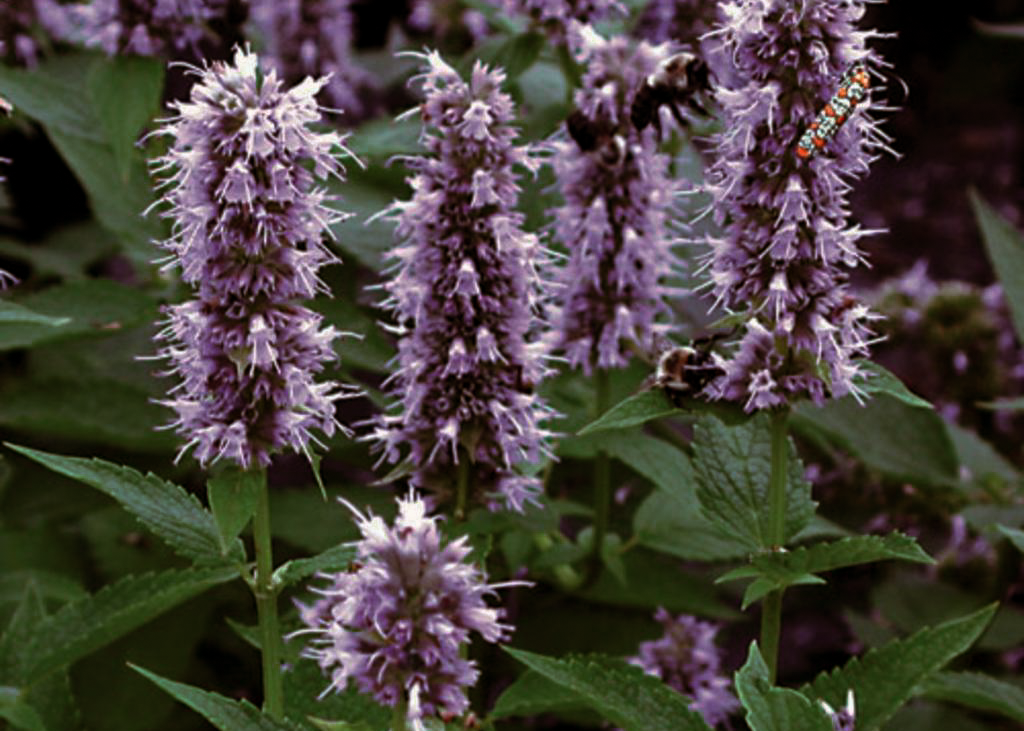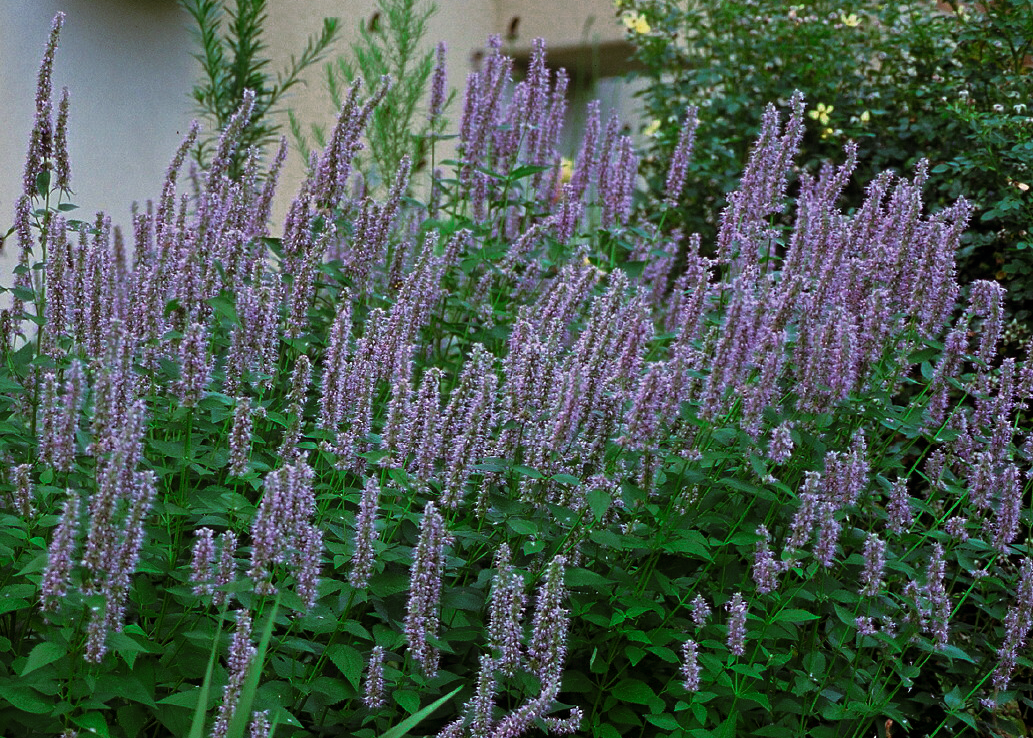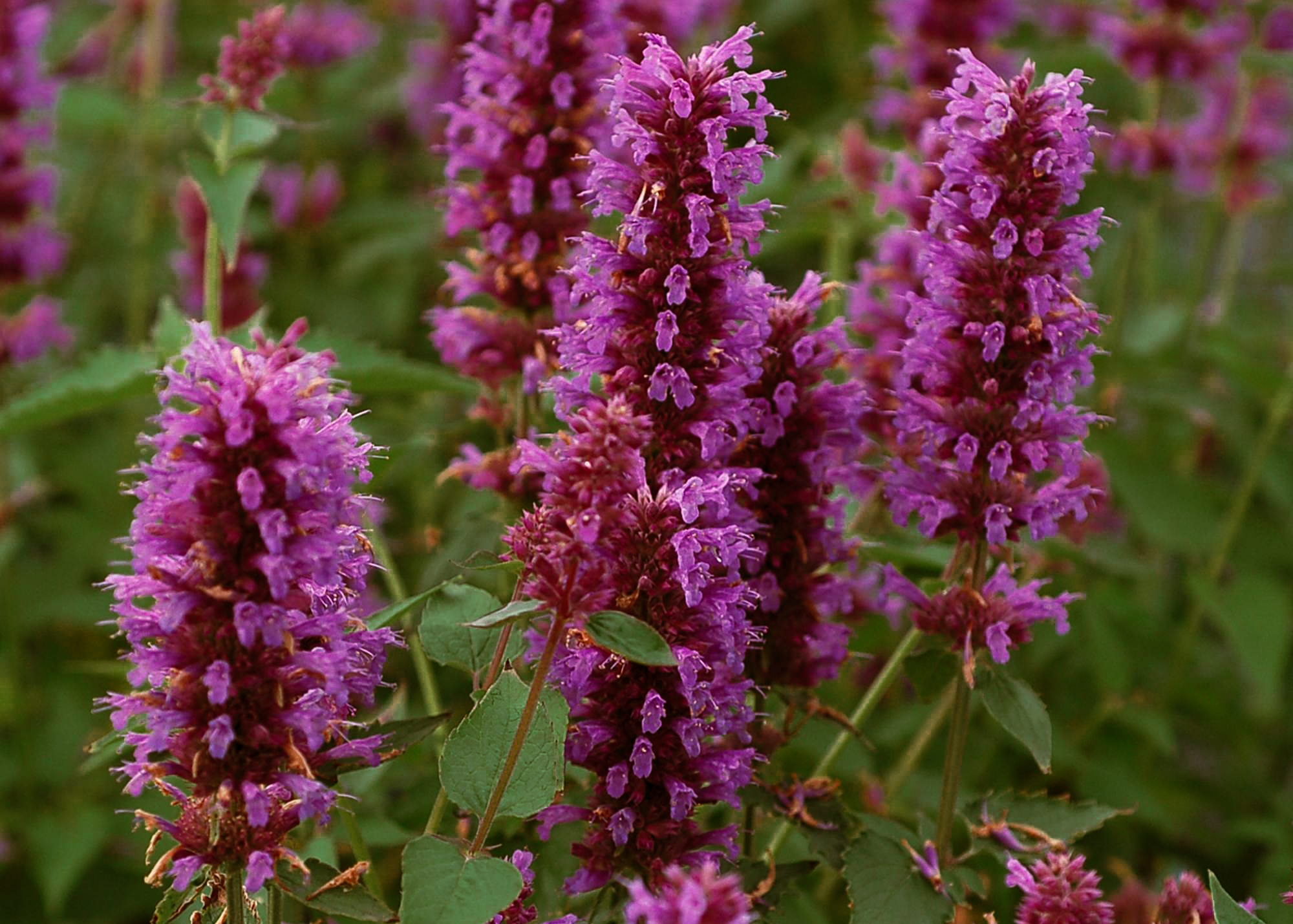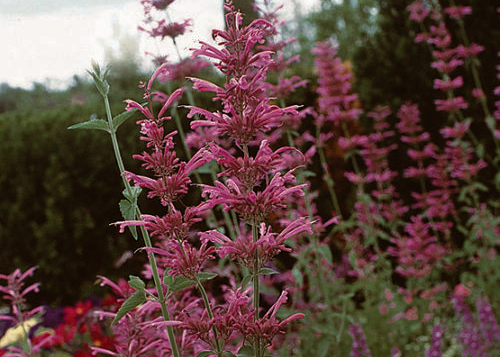Stay In The Grow
Stay In The Know With Our Weekly Newsletter.
Cookie consent
We use cookies and similar technologies to provide the best experience on our website. Refer to our Privacy Policy for more information.
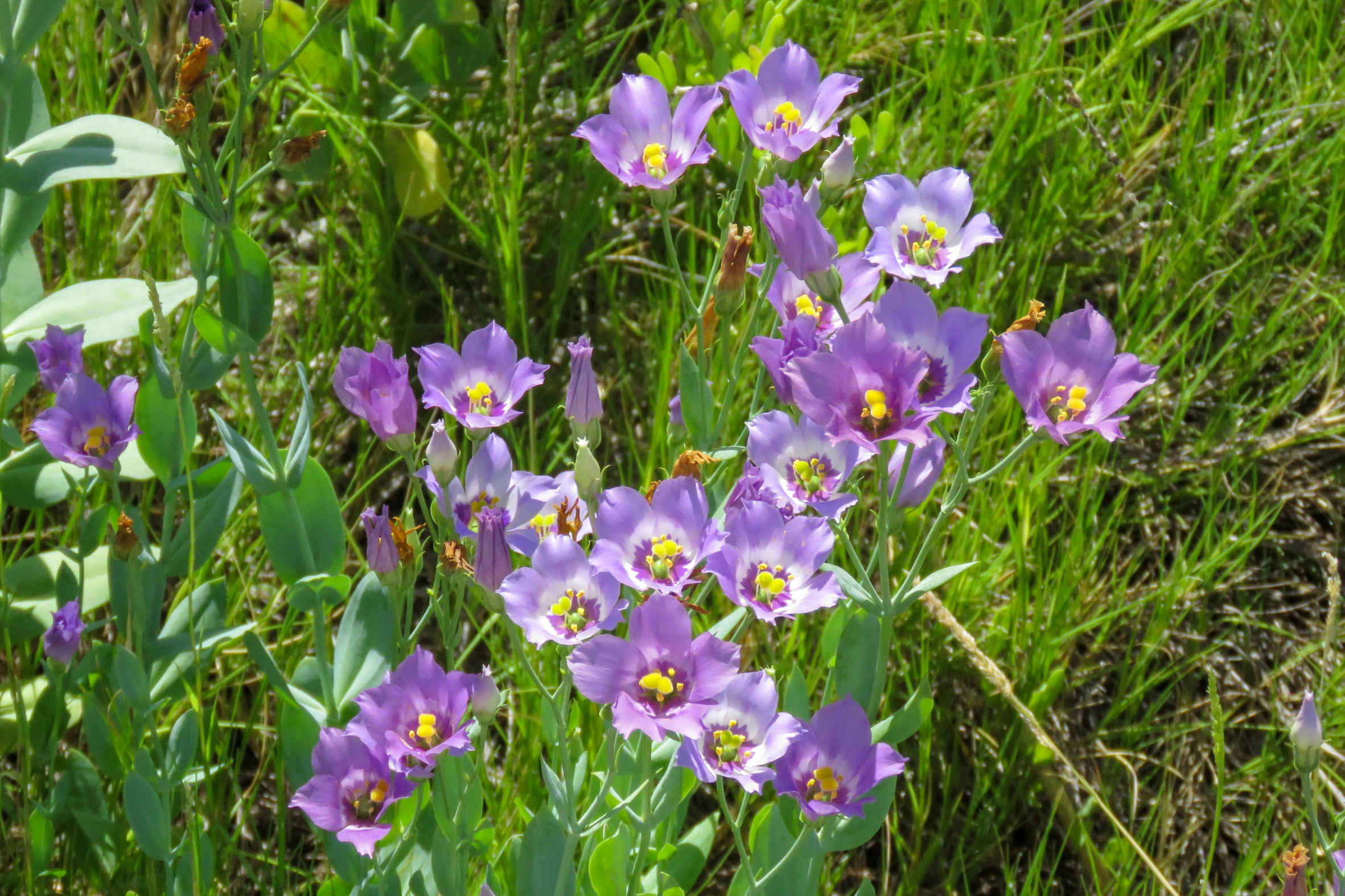

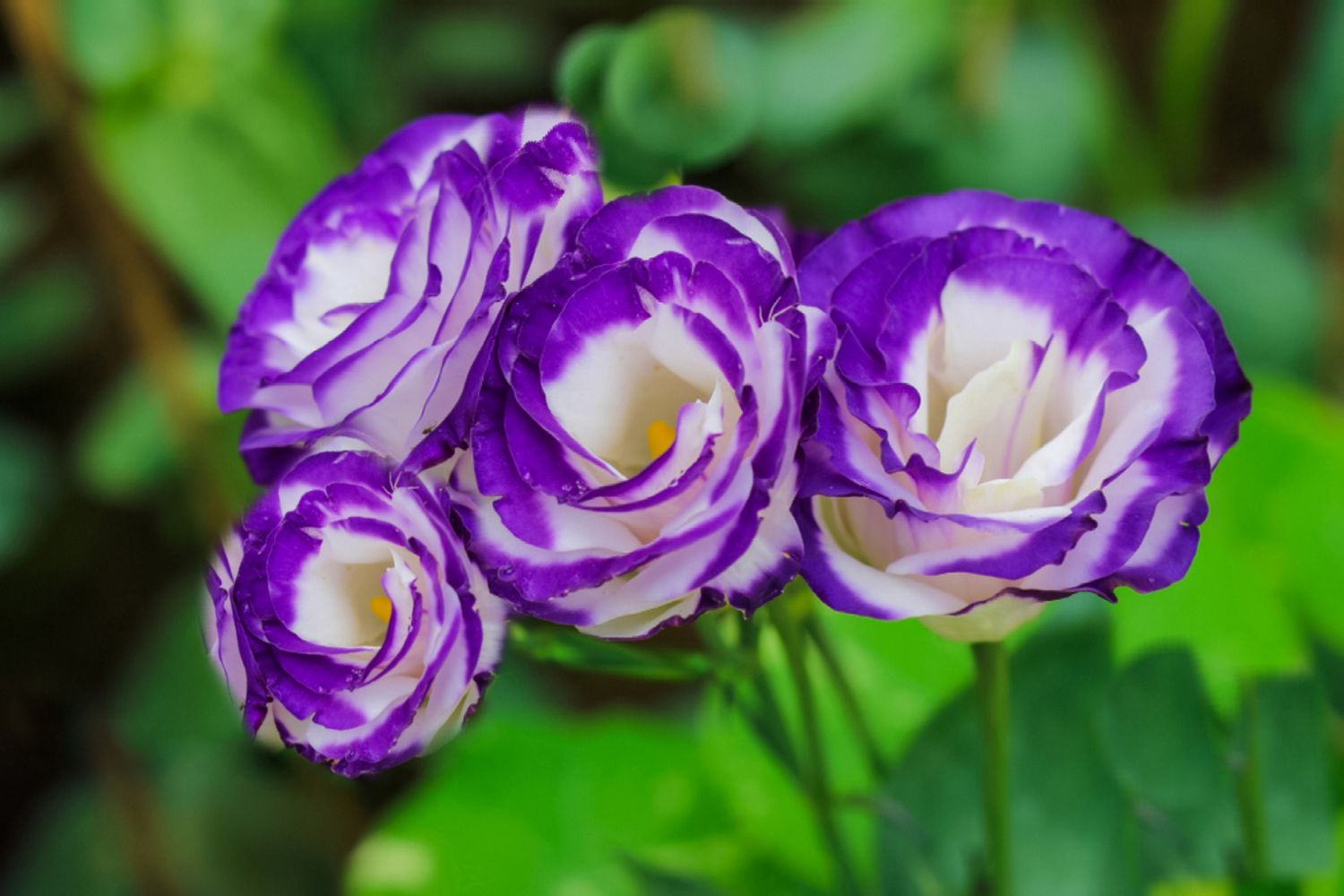



























Customers Also Liked..
skip carousel
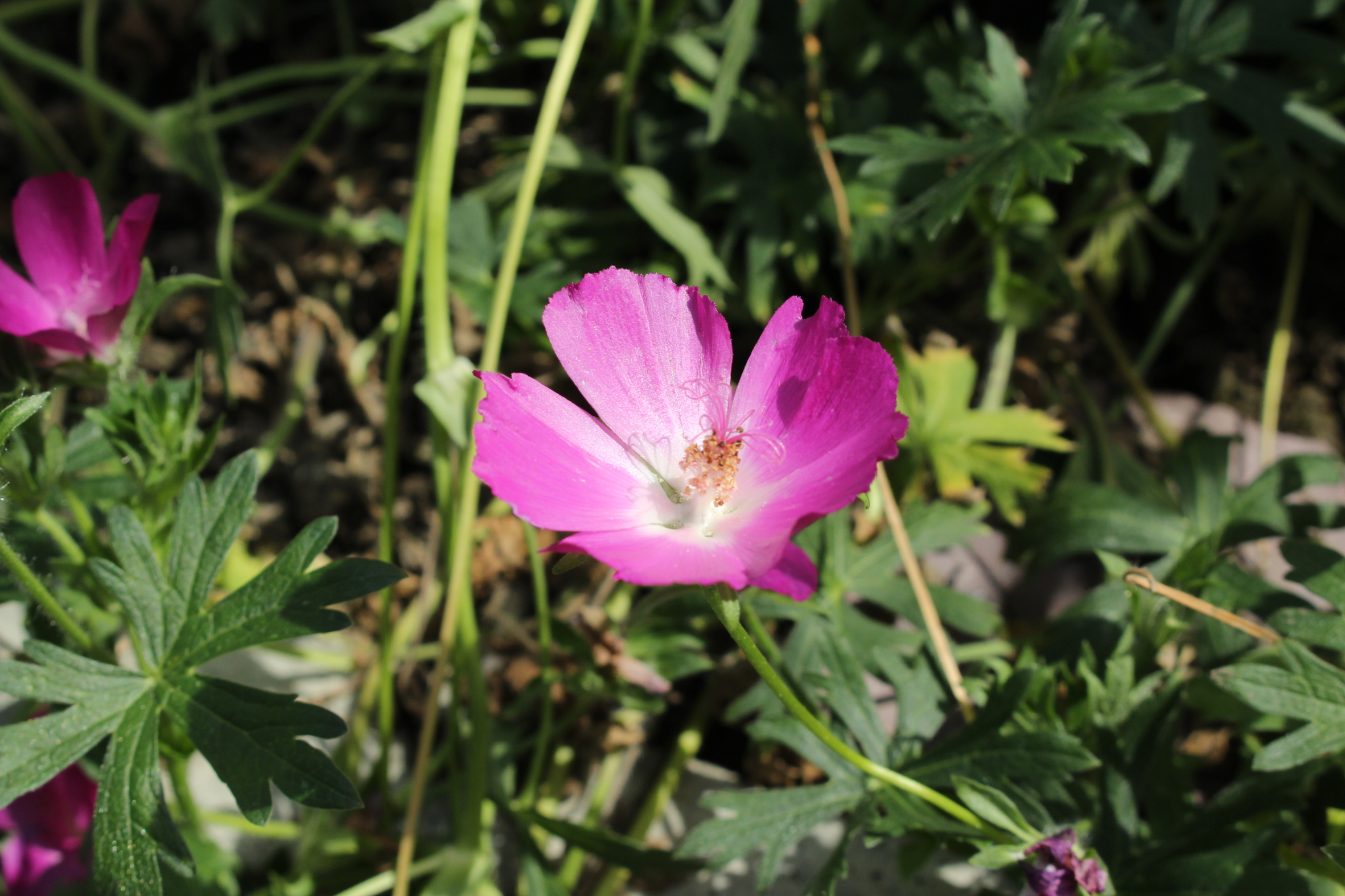
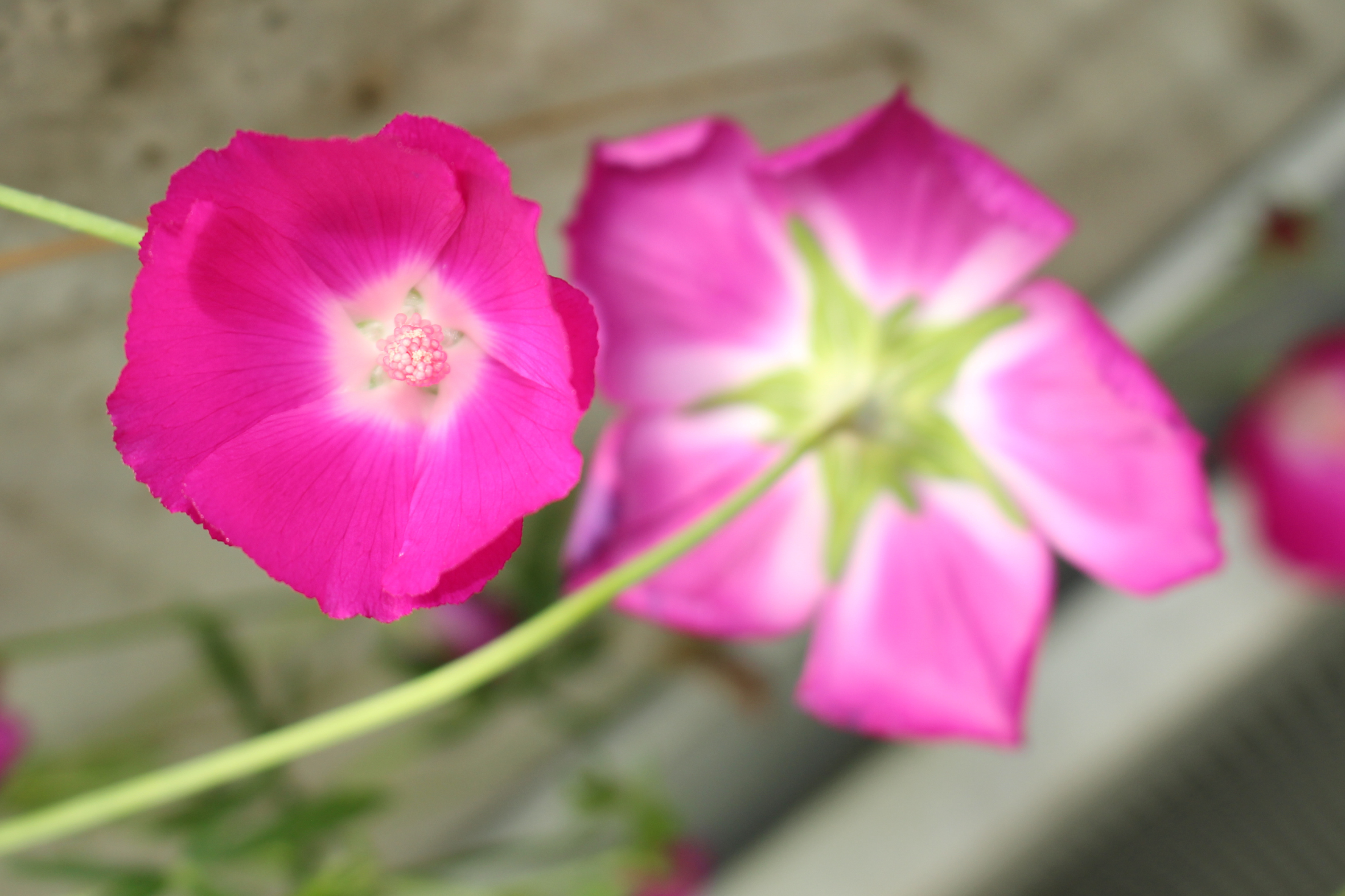
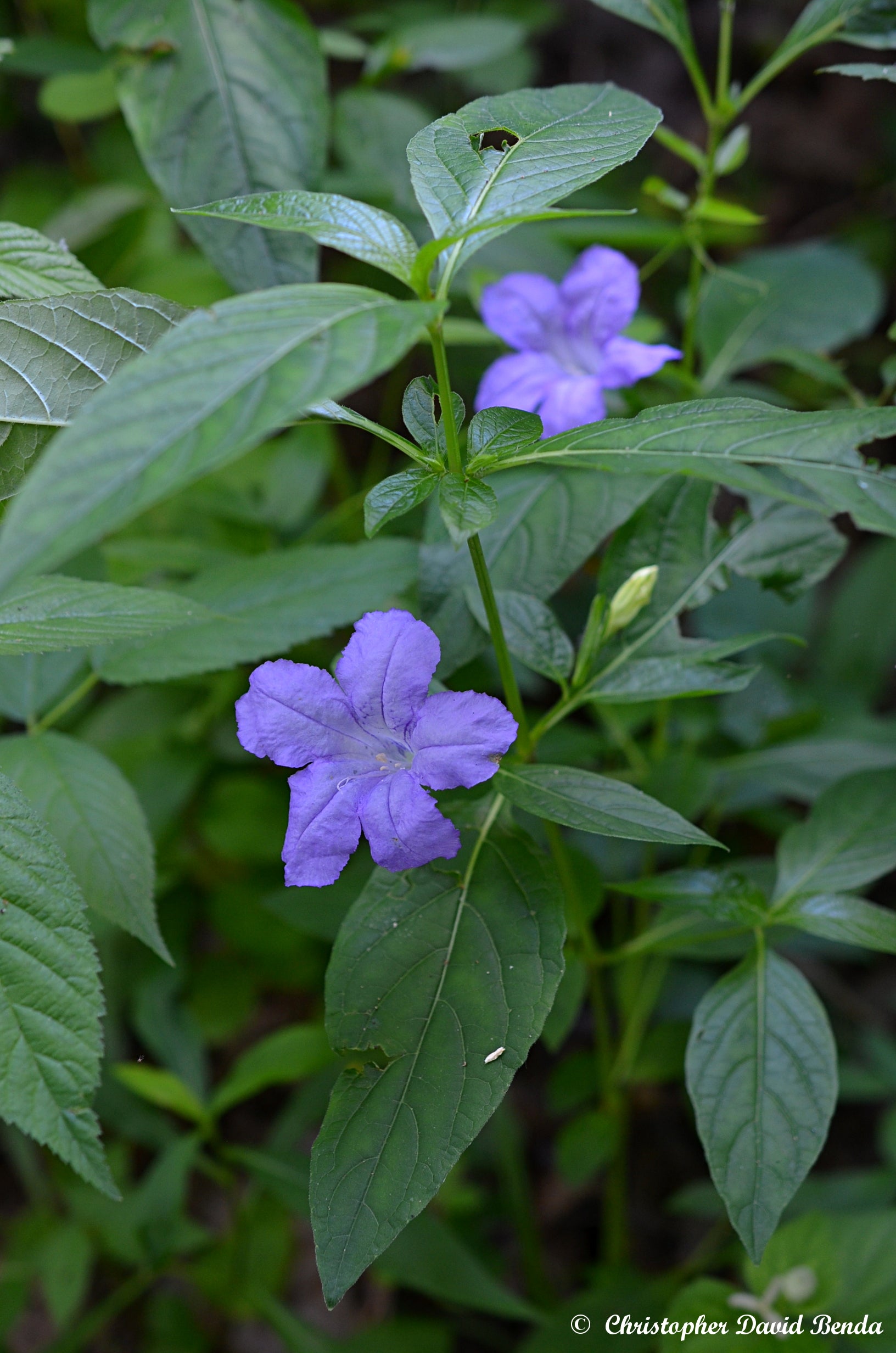
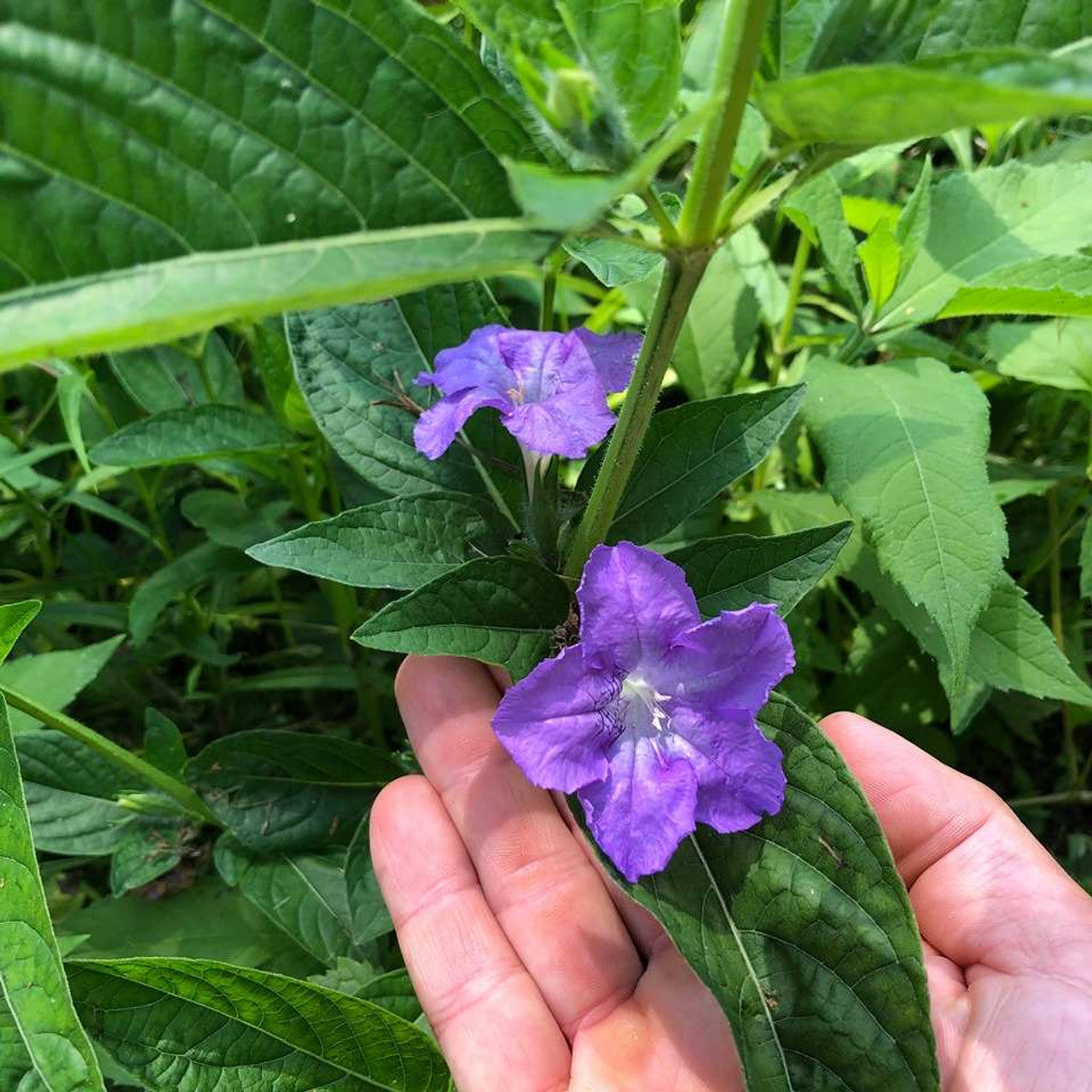
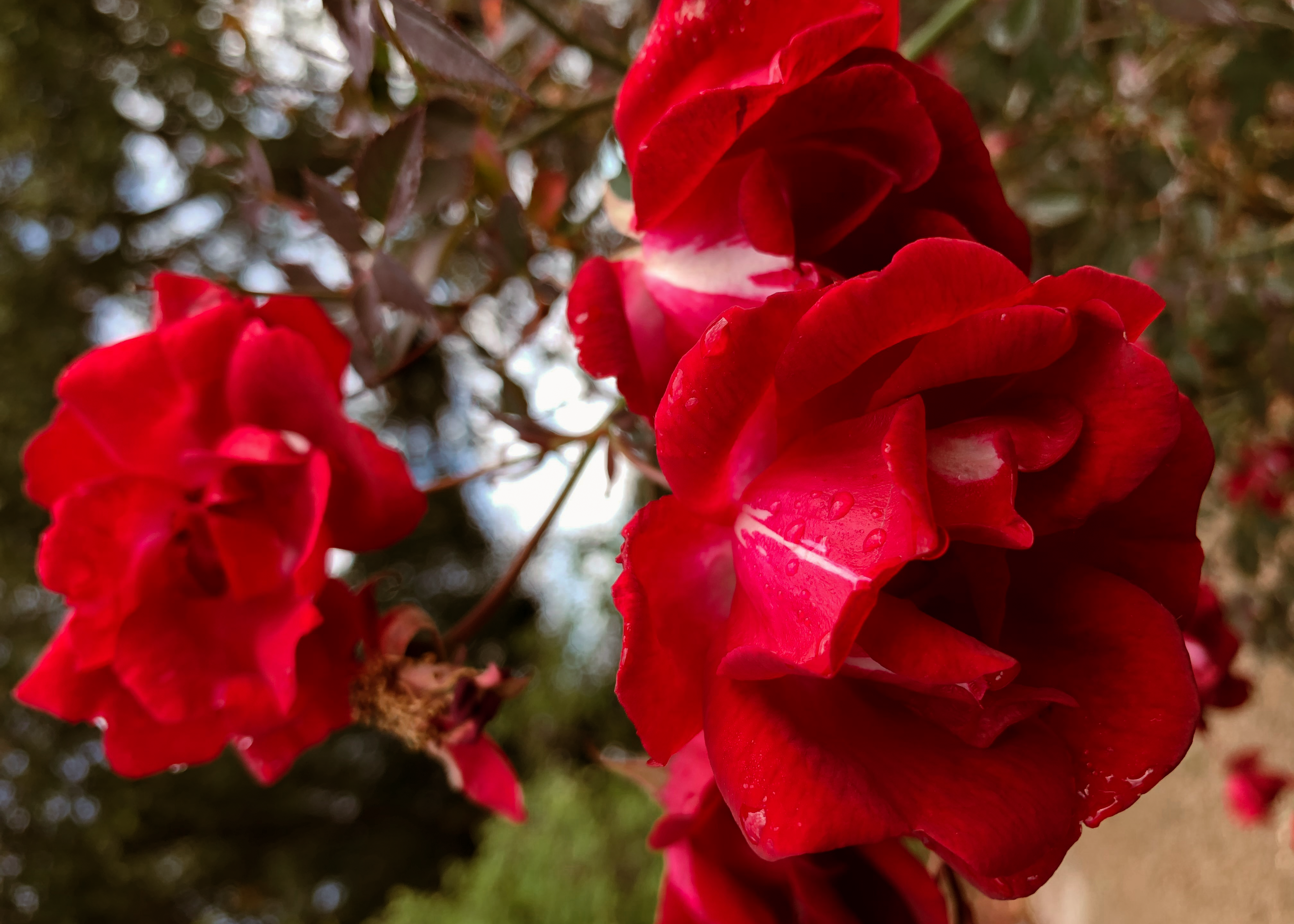

Coming Soon


Native Gardeners
Winecup
From$6.50
Coming Soon


Native Gardeners
Wild Petunia
$6.50
Coming Soon


Native Gardeners
Martha Gonzales Rose
From$17.00

